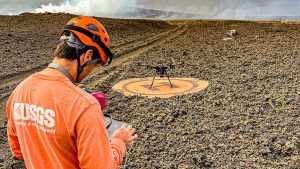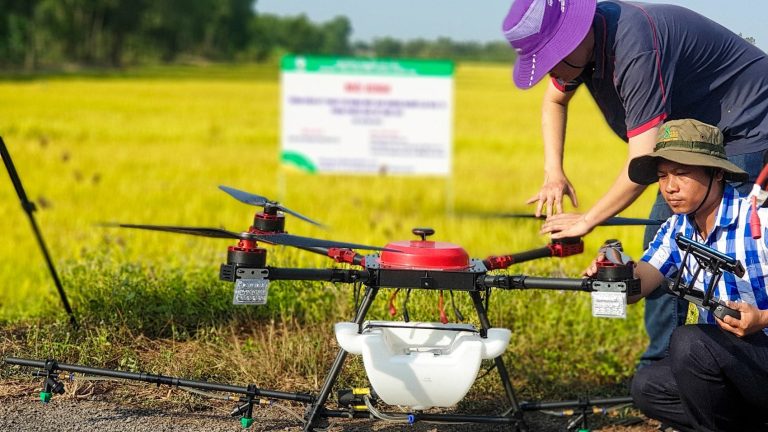In a unanimous vote, the Oregon House has approved House Bill 3426, a measure that significantly strengthens penalties for drone operators who disrupt emergency response operations, elevating intentional interference to a Class C felony. Reported by KOBI-TV NBC5, the legislation, driven by incidents that grounded firefighting efforts during the 2024 fire season, underscores the growing tension between drone proliferation and public safety.
Legislative Details and Scope
Sponsored by Representative Court Boice (R-Gold Beach), HB 3426 targets operators who knowingly or intentionally cause an unmanned aircraft system (UAS) to interfere with law enforcement, firefighting, Search and Rescue, or other emergency operations. Previously classified as a misdemeanor, such actions now carry a Class C felony charge, punishable by up to 5 years in prison and fines of $125,000. Unintentional interference is designated a Class B misdemeanor, with penalties of up to 6 months in jail and fines of $2,500.
Boice emphasized the bill’s intent, stating, “We’ve just increased the penalties a little bit. We want people to be aware that drones are fine, but that if you use them improperly there could be some serious consequences for you.”
A companion bill is advancing through the Oregon Senate, with plans to merge it with HB 3426 before it reaches Governor Tina Kotek’s desk. As of April 24, 2025, the legislation awaits Senate approval, but its unanimous House passage suggests strong momentum.
Technical and Regulatory Context
Drones, weighing as little as 249 grams (0.55 pounds) and requiring Federal Aviation Administration (FAA) registration, have become increasingly accessible, with over 1 million registered UAS in the U.S. as of 2024. Oregon’s existing drone laws, established in 2013 and 2016, mandate public agency registration and annual usage reports. Recreational pilots must pass the FAA’s TRUST test, while commercial operators require a Part 107 certificate. HB 3426 aligns with these frameworks but introduces a punitive escalation, reflecting concerns over airspace safety. During wildfires, temporary flight restrictions (TFRs) prohibit unauthorized UAS within designated zones, yet violations persist, grounding aircraft that operate at low altitudes of 100-500 feet (30-152 meters).
The bill’s focus on emergency operations addresses a critical gap. Drones equipped with high-resolution cameras or thermal imaging can disrupt firefighting aircraft, which rely on unimpeded airspace for water drops or reconnaissance. A single incident can delay operations by hours, risking lives and property.
Drone Industry Implications
For drone manufacturers like DJI and Autel Robotics, HB 3426 signals a tightening regulatory landscape, potentially impacting recreational and commercial markets. Oregon’s move could inspire similar laws in other states, particularly those prone to wildfires, such as California and Washington. The felony classification may deter hobbyists, who represent 60% of U.S. drone users, while commercial operators, including those in agriculture or cinematography, face heightened scrutiny to ensure compliance. Training programs and geofencing technologies, which restrict drones from entering TFR zones, may see increased demand as operators seek to avoid penalties.
Privacy concerns also loom. While HB 3426 targets emergency interference, related legislation like Senate Bill 238, which expands police drone use, has sparked debate. The ACLU of Oregon warns of “pervasive aerial surveillance,” highlighting the need for balanced regulation.
DroneXL’s Take
HB 3426 is a necessary response to reckless drone use, but its felony-level penalties risk overreach. Unintentional violations, often by inexperienced pilots unaware of TFRs, could lead to disproportionate consequences. The Drone Industry should advocate for advanced geofencing and mandatory training to prevent conflicts, ensuring that innovation thrives without compromising safety. As states navigate this evolving landscape, precision in distinguishing intent will be critical to maintaining public trust in UAS technology.
Discover more from DroneXL.co
Subscribe to get the latest posts sent to your email.
















+ There are no comments
Add yours